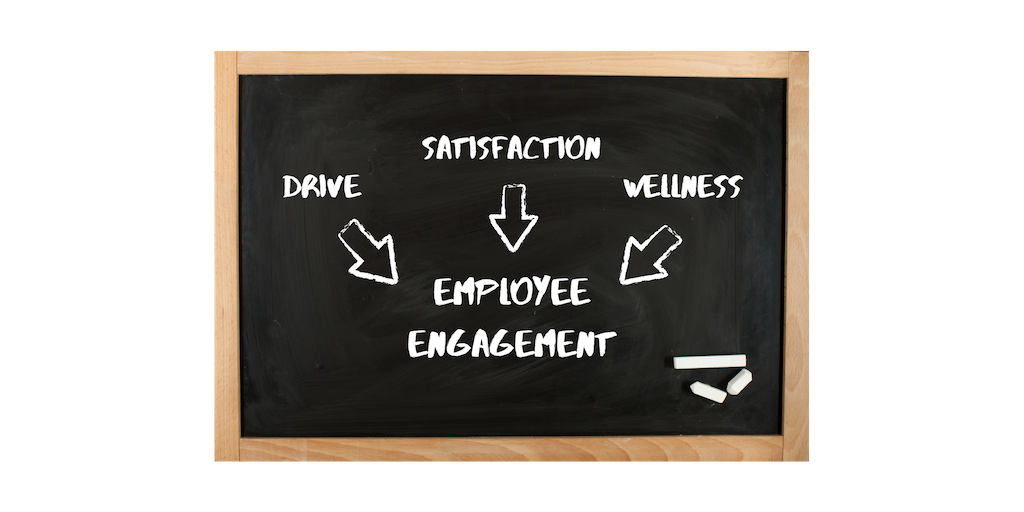by Jason Lauritsen | Oct 21, 2019 | Communication
For most of my adult life, I have bought into the conventional wisdom that feedback is critical to performance and growth. As individuals, we are taught to embrace feedback and treat it as a learning experience. As managers, we are told that giving feedback is part of...
by Jason Lauritsen | Aug 15, 2019 | Leadership
Managers: How important are one-on-one meetings with your employees? This question comes up somewhat regularly because these meetings are time-consuming, and most managers are so overwhelmed with work that they are hunting for any excuse to cut something from the...
by Jason Lauritsen | Aug 1, 2019 | Workplace
This weekend, while at a beer garden with my wife during our community’s summer festival, I ran into someone I hadn’t seen in years. When I first saw him, we chatted for a few minutes, and I learned that he’d just moved his family to our town and...

by Jason Lauritsen | Apr 25, 2019 | Engagement, Uncategorized
One of the things that makes me crazy about the work of employee engagement is the sloppiness we allow around how we define and approach it. As I talk to leaders within organizations who are currently spending enormous sums of money on measuring and attempting to...

by Jason Lauritsen | Apr 9, 2019 | Uncategorized
When I speak to people about treating work as a relationship with employees rather than a contract, there’s a question I am commonly asked. It typically sounds something like this: “How do you make work feel like a relationship when you are trapped inside...


